10 best 3D map photogrammetry software reviewed. Top drone mapping and modelling solutions from DroneDeploy, Open Drone Map, Pix4D, PhotoScan, Precision Mapper, AutoDesk plus more.
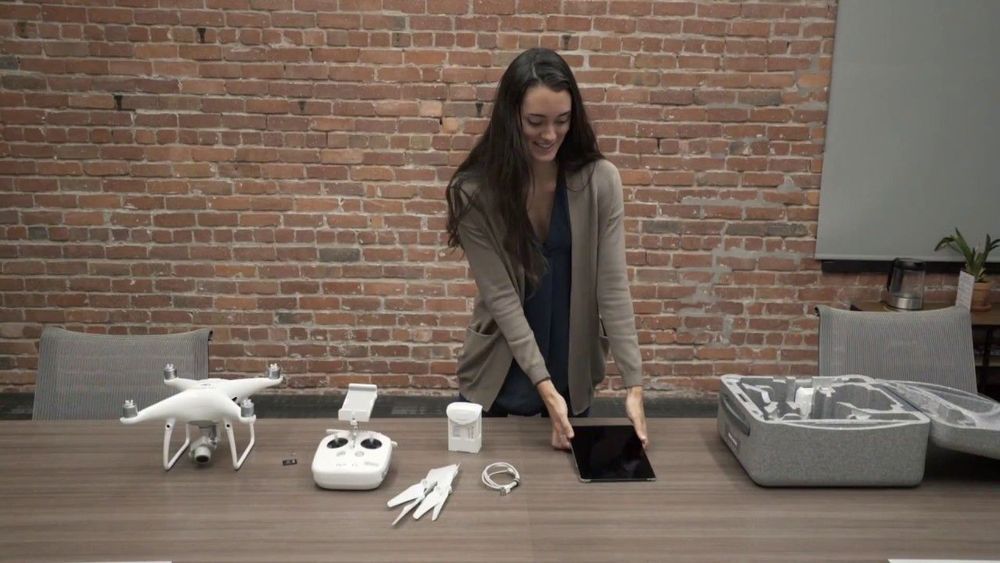

10 best 3D map photogrammetry software reviewed. Top drone mapping and modelling solutions from DroneDeploy, Open Drone Map, Pix4D, PhotoScan, Precision Mapper, AutoDesk plus more.

Blockchain will make sure green pledges aren’t just green wash.
When a country or a company makes a promise to reduce carbon emissions, respect fishing quotas or cut toxic output, how can we be sure they’ll keep their word?
The truth is, it’s often extremely hard. But a new initiative — Global Ledger — led by a group of World Economic Forum Young Global Leaders (YGLs) aims to change that.
Using data from a nearly-infinite array of observation devices — drones, cameras, nano-satellites and soon-to-be-ubiquitous Internet of Things applications — reliable and unbiased information can be gathered and then stored using blockchain technology, which ensures data is verified and almost impossible to manipulate.
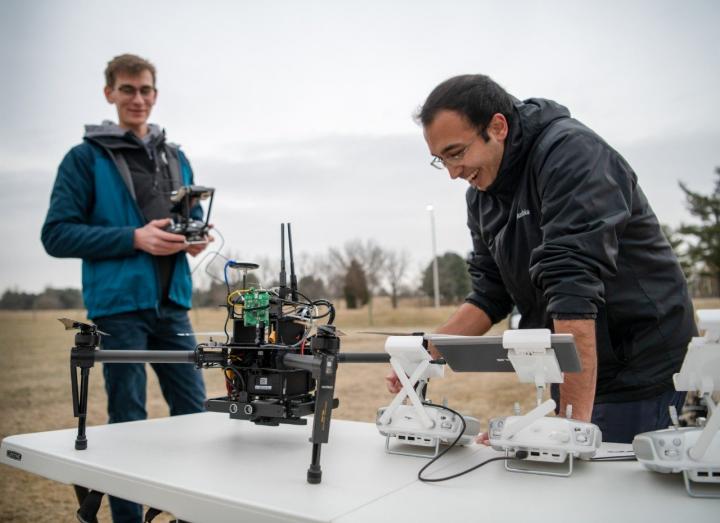
Thanks to a $1.5 million grant from the National Science Foundation, a group of Virginia Tech engineers hopes to redefine these search and rescue protocols by teaming up human searchers with unmanned aerial robots, or drones.
In efforts led by Ryan Williams, an assistant professor in the Bradley Department of Electrical and Computer Engineering within the College of Engineering, these drones will use autonomous algorithms and machine learning to complement search and rescue efforts from the air. The drones will also suggest tasks and send updated information to human searchers on the ground.
Using mathematical models based on historical data that reflect what lost people actually do combined with typical searcher behavior, the researchers hope this novel approach of balancing autonomy with human collaboration can make searches more effective. The team has received support from the Virginia Department of Emergency Management and will work closely with the local Black Diamond Search and Rescue Council throughout the project.
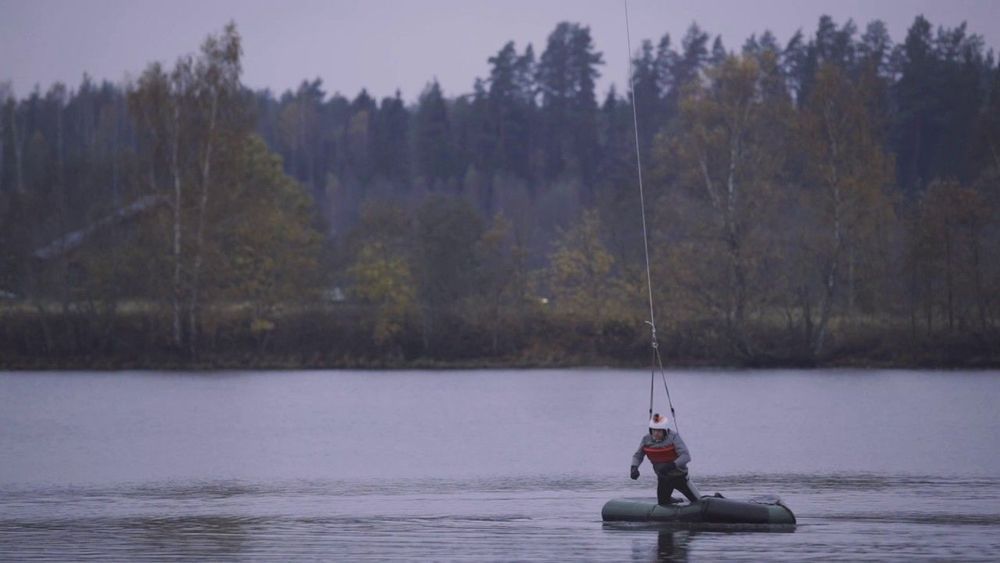
https://youtu.be/4t2VsoONAsk
Aerones team did a test in which human rescue was simulated.


I’m super excited to share this new Quartz article of mine, part of an ongoing personal debate about #transhumanism, #kids, and #education in my family:
But the age of downloading experience and expertise directly into our brain mainframe is coming. So is downloading professional training, including everything from becoming a police officer to practicing medicine or investigative journalism.
For many in the audience, I think that was the first time considering this could become a reality in our lifetime.
But in plenty of instances, brainwave tech is already here. People fly drones using mind-reading headsets. Parkinson’s disease patients can use brain chips to calm shaking attacks. Machine interfaces let people silently communicate mind-to-mind with one another, or with devices.
Brainwave technology works by recording the brain’s thought patterns—configurations of neurons that fire in distinct ways for different thoughts—and replicating those patterns back into the brain via electrical stimulation from a nonbiological device.
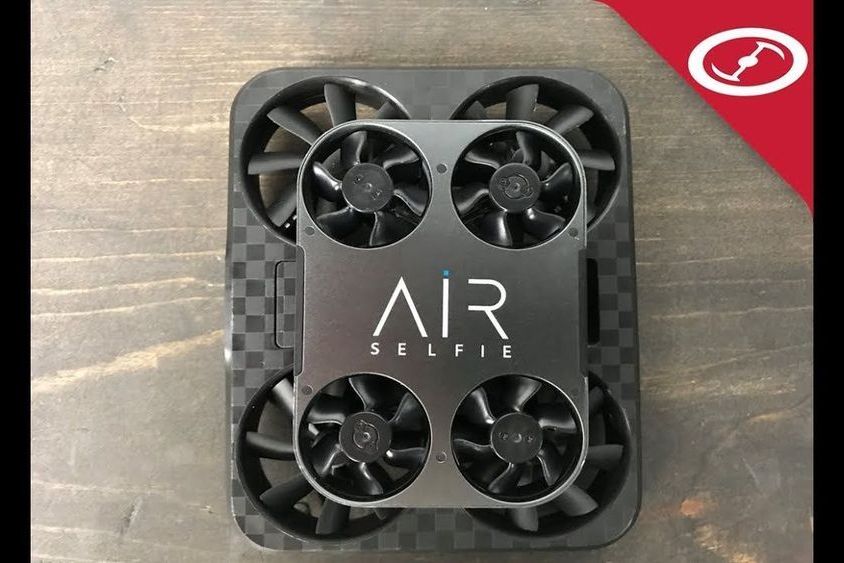
The AirSelfie 2 and JJRC H59 Ferry are two selfie drones with a lot in common. If you are thinking about getting a selfie drone then READ THIS FIRST.
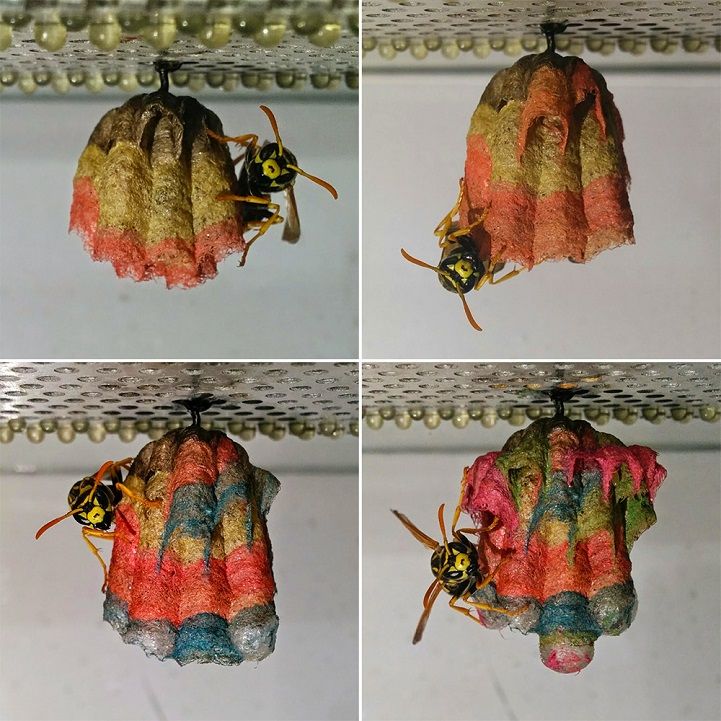
Biology student Mattia Menchetti performed an experiment on a colony of European paper wasps which yielded some very colorful results. Paper wasps are known for their water-resistant nests constructed out of fibers of dead wood and plant stems which have been chewed into a pulp and mixed with saliva. Menchetti provided a captive colony of these wasps with colored paper and in a beautiful display of entomological artwork, the insects produced a vibrant, rainbow nest.
Menchetti began by giving the wasps bits of yellow paper, and slowly introduced more and more multicolored sheets. The colony happily made use of the material to construct a sturdy, technicolor home to house their larvae. Paper wasps are some of the most common wasp species, typically seen in backyards around North America. They tend to establish a single nest across multiple seasons and generations; for this reason, their homes must be incredibly durable. A protein found in the saliva of these wasps is actually so effective at waterproofing their nests that it has been used by scientists to construct a biodegradable drone.
Menchetti has performed a variety of scientific studies about insects, mammals, and the ecology of alien species, which he explains in further detail on his website.
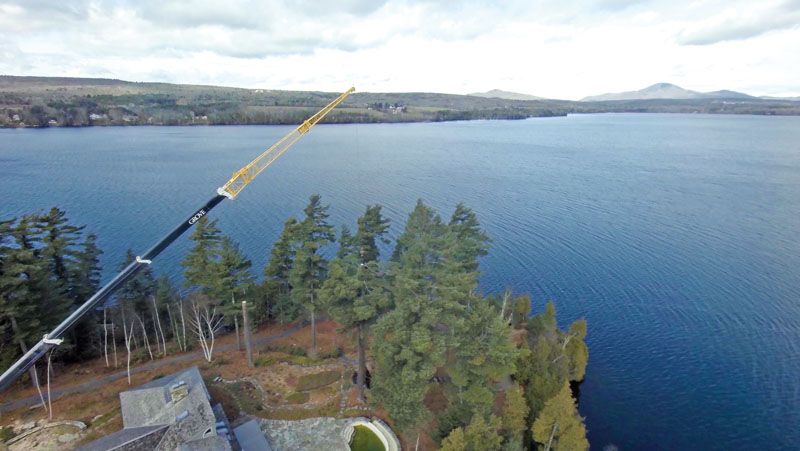
One simple pro mod for better aerial images
Multirotors and sports cameras are very nearly synonymous at this point in time. The popularity of one has undoubtedly boosted the popularity of the other. I bought my first DJI Phantom in part because I already owned a GoPro and wanted to see if I could make it fly. For others, it may be that they already owned a quadcopter and wanted to see if they could lift a camera with it. Yet this mutually beneficial symbiosis hasn’t led to any significant changes in the way sports cameras are made, notably the lens. But with a simple modification, you can make that camera even more sky-worthy.
Fishes don’t fly.